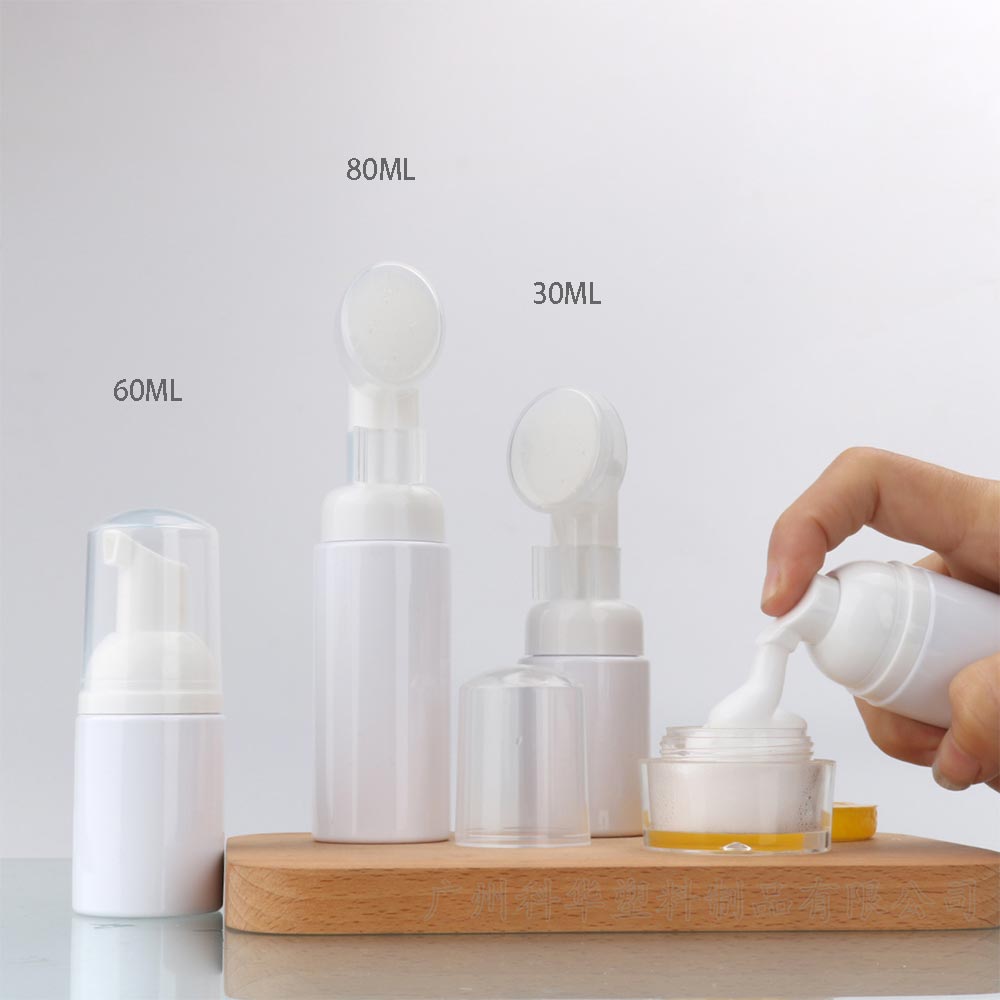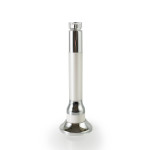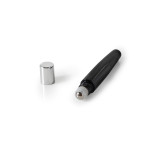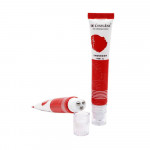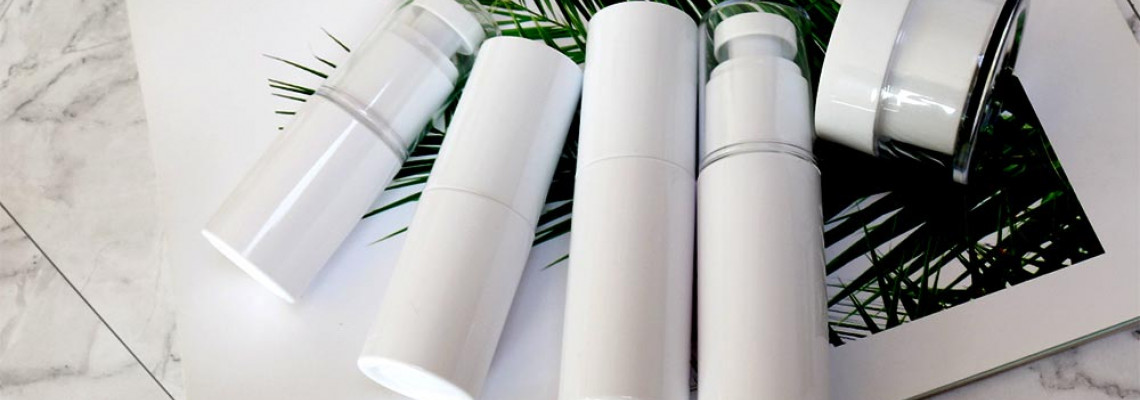
Introduction
The cosmetics industry is increasingly emphasizing environmental sustainability. This post delves into a comprehensive life cycle assessment (LCA) of packaging materials used for eye cream products, providing insights into their environmental impacts from production to disposal.
Understanding Life Cycle Assessment (LCA)
Life cycle assessment is a systematic approach that evaluates the environmental aspects and potential impacts associated with a product throughout its life cycle:
- Cradle-to-Grave Analysis: This includes all phases from raw material extraction through materials processing, manufacture, distribution, use, repair and maintenance, and disposal or recycling.
- Environmental Footprint: LCA helps in quantifying how much energy and resources a product consumes and how much waste it generates at each stage of its life cycle.
Packaging Materials for Eye Creams
Common packaging materials for eye creams include:
- Glass: Durable and recyclable, but heavy which impacts transportation.
- Plastics (PET, HDPE, PP): Lightweight and versatile but vary in recyclability.
- Aluminum: Excellent barrier properties and recyclable.
- Paper and Cardboard: Biodegradable and recyclable but less durable.
- Bioplastics (PLA, PHA): Made from renewable resources and potentially biodegradable.
Life Cycle Assessment of Eye Cream Packaging
A detailed LCA for each packaging material covers:
- Raw Material Extraction: Impact of extracting or producing raw materials.
- Manufacturing: Environmental cost of converting raw materials into packaging.
- Transportation: Emissions and energy use associated with distributing materials and finished products.
- End-of-Life: Disposal processes including recycling and landfill impacts.
Environmental Impact Metrics
The environmental impacts are assessed using several metrics:
- Carbon Footprint: Total greenhouse gas emissions.
- Energy Consumption: Amount of energy used throughout the life cycle.
- Water Usage: Water consumed in the production and lifecycle.
- Resource Depletion: Rate at which non-renewable resources are utilized.
- Waste Generation: Amount and type of waste produced, along with recyclability potential.
Comparative Analysis
This section compares the environmental sustainability of each material:
- Sustainable Options: Identifying which materials offer the lowest environmental footprints.
- Material Trade-offs: Discussing the pros and cons of each material based on LCA results.
- Innovation Potential: Opportunities for improving the environmental performance of materials.
Circular Economy and Closed-Loop Systems
Exploring how eye cream packaging can be integrated into a circular economy:
- Design for Reuse and Recycling: Encouraging designs that facilitate easy reuse or recycling.
- Take-back Programs: Implementation of systems to return used packaging for recycling.
- Partnerships for Closed Loops: Collaborations that ensure materials are continuously recycled, reducing the need for new raw material extraction.
Regulatory Landscape and Certifications
Discussion on the regulatory standards and certifications influencing sustainable packaging:
- Environmental Regulations: Adherence to regional and global standards.
- Sustainability Certifications: Importance of obtaining certifications like Cradle to Cradle or ISO 14040 to validate environmental claims.
- Transparency in Claims: Ensuring that claims about packaging sustainability are verifiable and compliant with regulations.
Case Studies: Sustainable Packaging Innovations
Examples of eye cream brands using sustainable packaging effectively:
- LCA Outcomes: Sharing specific findings from life cycle assessments that influenced packaging decisions.
- Brand Impact: Evaluating how sustainable packaging has improved the environmental reputation of brands and influenced consumer behavior.
- Scalability and Success: Discussing the commercial viability and scalability of sustainable packaging initiatives.
Conclusion
The life cycle assessment of eye cream packaging materials highlights significant opportunities for the cosmetics industry to reduce environmental impacts. By adopting sustainable packaging solutions and prioritizing life cycle thinking, brands can drive meaningful change. This approach not only aligns with consumer expectations but also contributes to a more sustainable global industry.
Brands are encouraged to leverage these insights to innovate and commit to more environmentally responsible packaging strategies, promoting a healthier planet and a sustainable future.
Explore innovative sustainable packaging solutions for eye cream
Through a detailed LCA, brands can make informed decisions that not only benefit the environment but also enhance consumer trust and brand value in a competitive market.








